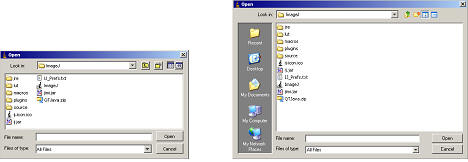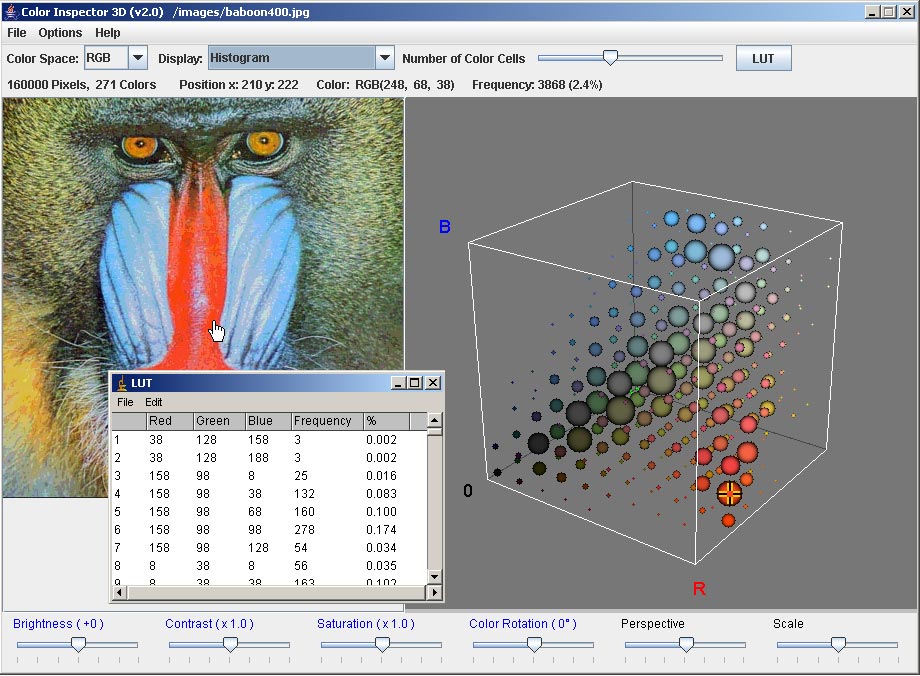
- IMAGEJ FOR WINDOWS HOW TO
- IMAGEJ FOR WINDOWS MANUALS
- IMAGEJ FOR WINDOWS DOWNLOAD
- IMAGEJ FOR WINDOWS WINDOWS
IMAGEJ FOR WINDOWS DOWNLOAD
Go to ImageJ’s website, and download the version appropriate to your system.

Is helpful to have the extra desktop real estate.
IMAGEJ FOR WINDOWS WINDOWS
Many ImageJ routines run as separate windows it It is also helpful to have a computerĮquipped with dual screens.
IMAGEJ FOR WINDOWS MANUALS
Your scans somewhere you are not working on them.Īfter initial use, it will be obvious that there areĪ lot of options and checkboxes that a user should familiarize oneself with.Īll manuals are online, but can be helpful to print and bind the 198 page Even once you become comfortable using ImageJ, keep original copies of Started: BACK UP YOUR DATA! Some functions and batch processes can overwriteĮxisting data with astounding speed and efficiency, and once done cannot be Scanned images within 15 minutes of downloading. Byįocusing only on the things needed for particle analysis, you can be analysing

Some users may want to explore the amazingĭiversity of options eventually, but it is not necessary to get started. Wide range of possible applications, can be daunting there is a lot of For most things, I think ImageJ would be more than adequate for image processing needs and there’s a lot one can give up to save some money.ImageJ has a diverse user community and due to the However, it comes down to price for most people.
IMAGEJ FOR WINDOWS HOW TO
I found the software not as user-friendly as I would like and I spent a lot of time teaching myself how to perform various functions. However, for some advanced applications, some effort and toggling is required. It is also useful for the average user who needs to analyze and create figures or data for publication. If you have any understanding of software and Java or how to write any type of code, this program is exactly what you are looking for. I could never explain in this short of space the many available analysis and processing options of this software. It definitely does not work as well as some other programs I have found with built in functions specifically for my purposes, but those programs also cost several thousand dollars. I did have some problems in the capabilities of the software to process all my images and to get rid of the background. If I had the capability or the time, I’m sure I could have easily written a program to automate the kymograph analysis and angle measurements. While the ImageJ software did not do everything, it was able to create a basic kymograph. This enables one to take a stack of images and create a time-distance kymograph with the ability to measure the angle of the line and determine velocity. Another function that I have utilized is the kymograph plugin. Files can then be analyzed and saved as individual tiffs and figures can be created to display results. There is the ability to open these files in the original LSM as well as other formats and to view them as z stacks. I have used it to analyze my confocal Zeiss LSM images as well as several other fluorescent images. I have used ImageJ for several image analysis needs. ImageJ can also be used as a toolkit to develop applets and servlets. There is also the ability to create macros to customize functions and speed up data analysis. If there is a feature needed that the program doesn’t have, there are over 300 plugins available for download as well as the option to create a new plugin. There is really almost any image application that one would desire. ImageJ incorporates a whole host of features, such as the ability to open several types of files (TIFF, JPEG, ASCII, LSM, GIF, etc), adjust image display, image enhancements, measuring, histograms, calibration, editing, color processing, stacks, data types and much more.

There is a whole community of users with a forum and available plugins and all sorts of online help. It is fast and fairly easy to use with plenty of online tools. One of the great things about the software is that it works with all operating systems: Mac, Linux and Windows. ImageJ software is used for image analysis and processing.

It was written and is maintained by Wayne Rasband of NIH. ImageJ is a Java based software program available as freeware for download from the ImageJ homepage.


 0 kommentar(er)
0 kommentar(er)
